One aspect I love about Micro Four Thirds is the sheer amount of choice users have when it comes to standard portrait lenses for the system. On one hand, there are three autofocus lenses: two compact and affordable primes from Olympus and Panasonic (the M.Zuiko 45mm f/1.8 and Lumix G 42.5mm f/1.7) and the premium Nocticron 42.5mm f/1.2 from Panasonic / Leica. On the other, we find two manual focus options: the Voigtlander Nokton 42.5mm f/0.95 and the Zhongyi Mitakon 42.5mm f/1.2.
We had the chance to review all five lenses separately in the past, but it was only recently that we managed to compare four of the five (all except the Mitakon) at the same time.
Since we are talking about portrait lenses, this comparison will mainly focus on sharpness at the fastest apertures and the rendering of the out-of-focus areas. With that said, let’s get started!
[toc heading_levels=”2″]
Ethics statement: We were provided with samples of the Panasonic, Voigtlander and Nocticron whereas the Olympus is part of our personal collection. We were not asked to write anything about the lenses, nor were we provided with any sort of compensation. Within the article, there are affiliate links. If you buy something after clicking the link, we will receive a small commission. To know more about our ethics, you can visit our full disclosure page. Thank you!
Design and Ease of Use
To go through every minute difference would be sleep-inducing, so to synthesise, I’ve provided you with a quick chart showing all the main physical and optical differences between the lenses. As you can see, despite having very similar focal lengths, there isn’t much that all four lenses share in terms of design.
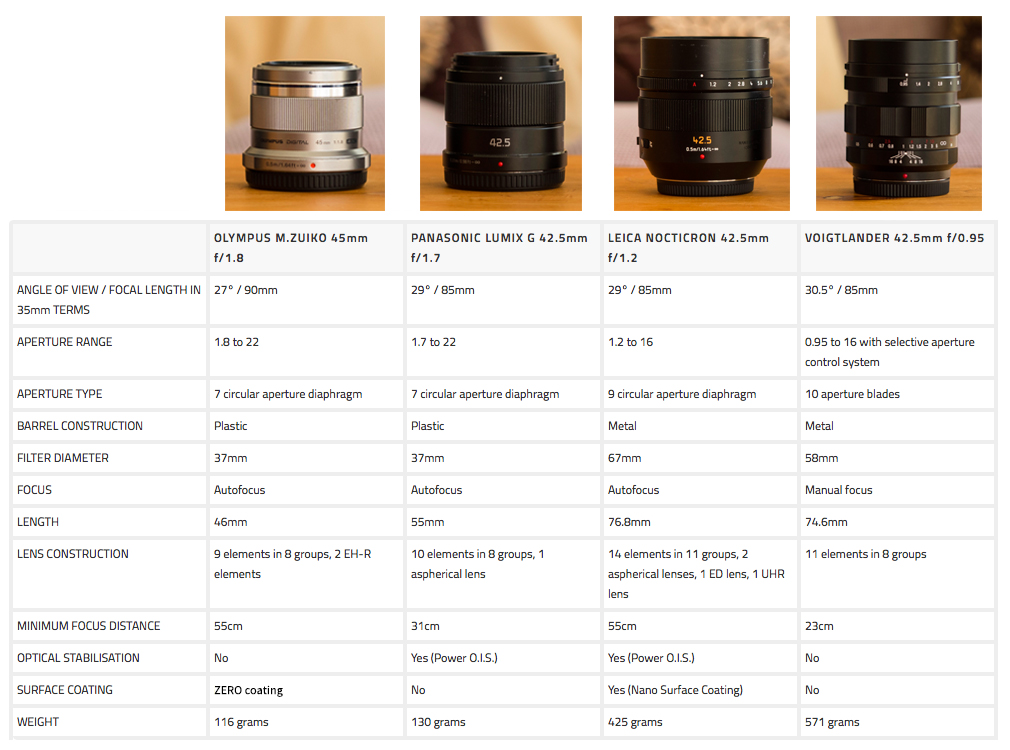
The smallest and lightest lenses by far are the M.Zuiko 45mm f/1.8 and the Lumix G 42.5mm f/1.7.
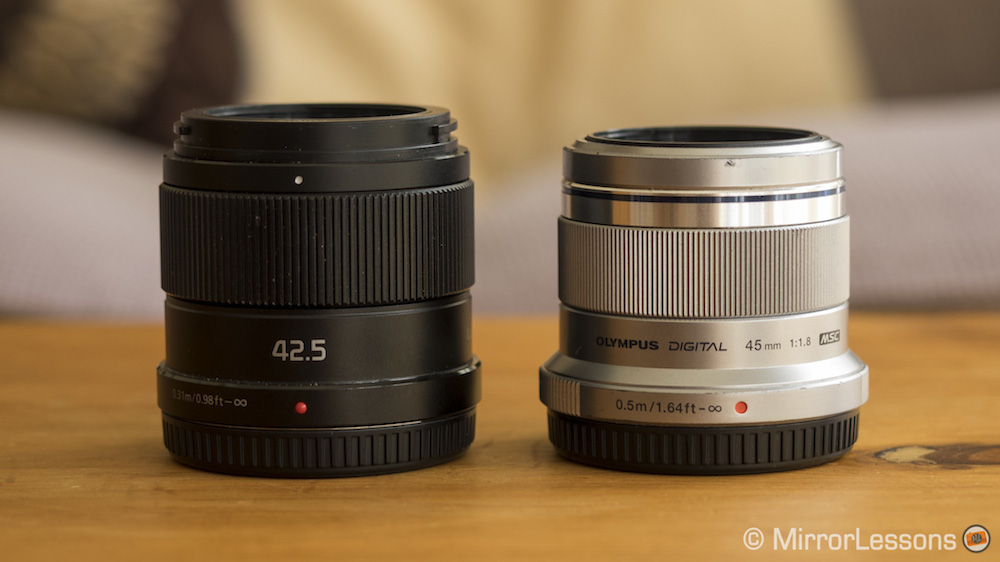
The Lumix lens is just slightly taller, wider and heavier but in use the difference is imperceptible. Being so compact, both are an excellent fit for any Micro Four Thirds camera regardless of size. The exterior of the M.Zuiko is predominantly plastic, while the Lumix is made of metal, and neither lens is weather-sealed. Only the Lumix lens comes with a lens hood, so you will have to buy one separately for the M.Zuiko lens.
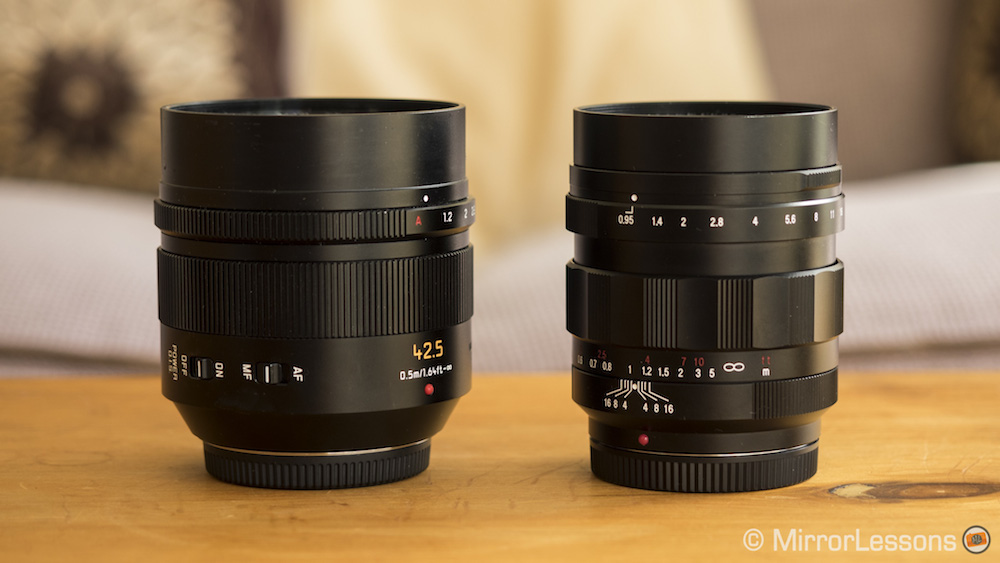
The Nocticron 42.5mm f/1.2 is significantly larger and heavier than the M.Zuiko and Lumix because of its full metal construction and fast 1.2 aperture, and looks even bigger when paired with its screw-on metal lens hood. A premium product designed in collaboration with Leica, it features a ribbed focus ring, a clicking aperture ring, and two switches on the side, one for AF/MF and the other for Power O.I.S. Sadly the aperture ring cannot be de-clicked for video work and doesn’t work on Olympus bodies.
The heaviest and fastest lens of them all is the Voigtlander 42.5mm f/0.95. It has a full metal build complete with an aperture ring, ribbed focus ring, and distance scale, and it is the only manual focus lens of the bunch. Its unique selective aperture control system lets you switch between a clicking and de-clicked aperture ring, making it suitable for video applications. A circular metal lens hood is supplied, though our sample didn’t come with one. It is the only lens that lacks electronic contacts on the mount. This means that the aperture value won’t be recorded in the EXIF data and turning the focus ring won’t trigger a MF assist.
Given the weight of the Nocticron and Voigtlander, both are a better match for larger Micro Four Thirds cameras such as the Panasonic Lumix GH4 or Olympus OM-D E-M1.
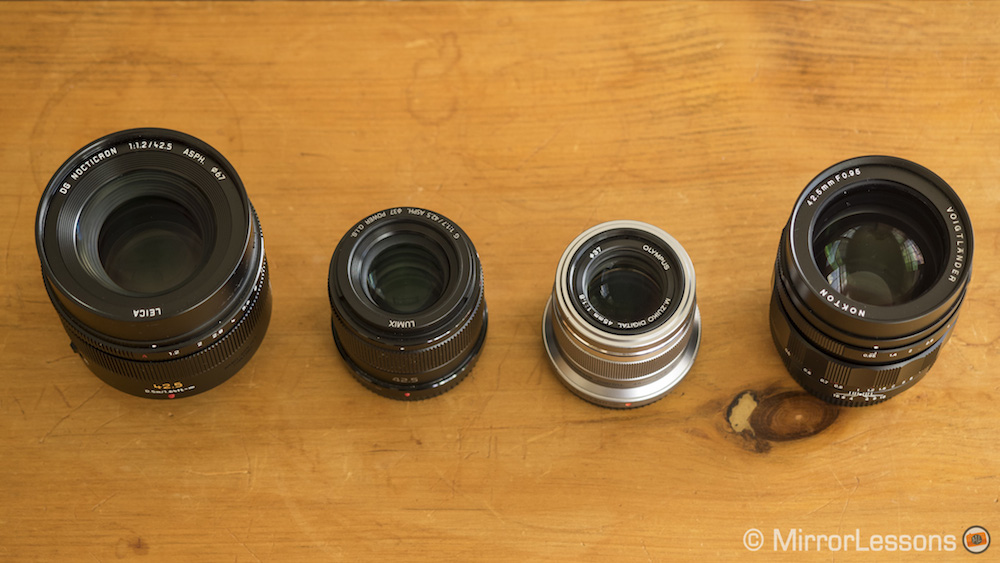
Optical Quality – Through the lens
First let’s turn our attention to the sharpness of the lenses, starting with their fastest apertures. As we’ve seen, all four have a different maximum aperture: 0.95 for the Voigtlander, 1.2 for the Nocticron, 1.7 for the Lumix and 1.8 for the M.Zuiko.
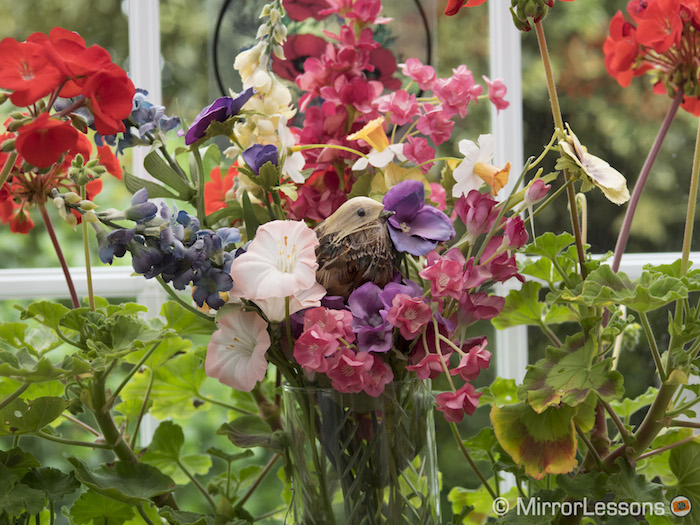
Looking at the following 100% crops, the first thing we notice is that there is very little difference in sharpness between the M.Zuiko, Lumix and Nocticron lenses at their fastest apertures, which is proof of the Nocticron’s exceptional optical quality.

All three are very capable of bringing out the fine details of the bird’s feathers, and although the M.Zuiko may appear to render the most detail, this is actually due to magnification produced by the slightly longer focal length. The only lens that is noticeably softer is the Voigtlander, which makes sense as we are dealing with a very fast 0.95 aperture.
The next test takes place at f/2, which is the fastest aperture that they all share.

At this value, the Nocticron is clearly sharper than the rest. However, the M.Zuiko and Lumix aren’t too far behind and perform similarly to each other. Once again, the Voigtlander is the softest but it performs much better than at f/0.95.
Through the rest of the aperture range, the Nocticron continues to dominate, followed closely by the M.Zuiko and Lumix. The Voigtlander peaks at f/5.6 but is never as sharp as the other lenses.
Since portrait lenses can be used for landscape work as well, I also tested the lenses at a longer focus distance between f/4 and f/8. Interestingly, all four lenses, including the Voigtlander, perform in an extremely similar manner for distant subjects as you can see in the series below taken at f/5.6.
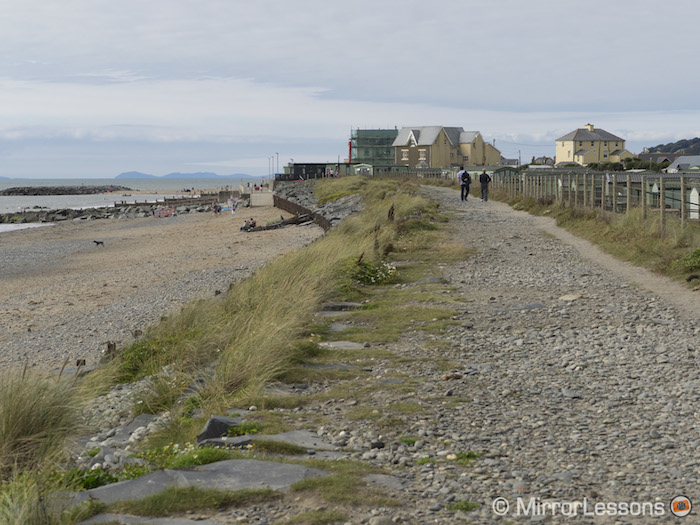

A very important characteristic of a portrait lens is the background blur. Ideally it should feature smooth transitions with no sharp distinctions between the blurred elements, as well as plain circular light reflections or “bokeh balls”.
At their fastest apertures, both the Voigtlander and the Nocticron clearly produce a creamer bokeh than the Lumix and the M.Zuiko at these values. They also produce more of a “swirly effect”, with the specular highlights taking on a cat’s eye shape as you approach the edges of the frame.

The Lumix and M.Zuiko have a more uniform bokeh: the latter produces round specular highlights even at the edges while the former reveals some cat’s eye shapes.
While they all have great character, I find that there is something special about the rendering of the Voigtlander at 0.95 – the quality of the bokeh makes up for the lack of sharpness at this aperture. The background blur I like the least is that of the Lumix as it appears somewhat busy even compared to the M.Zuiko which is ever so slightly slower.
At f/2, the swirly quality of the Voigtlander and Nocticron is replaced by a more uniform appearance. You can clearly see the decagonal shape of the Voigtlander’s aperture in the bokeh balls, while those of the Nocticron become perfectly round. The M.Zuiko’s performance remains consistent, while the Lumix continues to display irregularly shaped bokeh balls at the edges.

At this value, the differences are far less obvious. I would only mention that the M.Zuiko lens has a slightly creamier out-of-focus rendering with larger bokeh balls because it is 3.5mm longer than its competitors. And although the Voigtlander is listed as a 42.5mm, it is actually a little wider because of its 30.5 degree angle of view. This is why the depth of field doesn’t appear as shallow as the other lenses.
Of course, the creaminess of the bokeh is also related to how closely you can focus and in this area, the Voigtlander is the winner. It is able to focus as close as 23cm, while the Lumix is limited to 31cm and the Nocticron and M.Zuiko top out at 55cm.
Chromatic aberration occurs with all four lenses at their respective fastest apertures. This is perfectly normal, however, and can usually be removed in post-production. Depending on the image, you may also notice varying degrees of fringing around the bokeh balls, particularly in images taken with the Voigtlander and M.Zuiko. The Nocticron becomes free from chromatic aberration by f/2.8 while the three other lenses display traces up to f/4.
As for flare, it was as surprise to discover that the lens with the best resistance is the Lumix 42.5mm. The three other lenses all flare to some degree, though the Voigtlander’s is the most dramatic. It also produces the nicest sun star of the four.
Although all four lenses experience corner shading (or vignetting), it all but disappears by f/2.8 with the Nocticron, M.Zuiko and Voigtlander. With the Lumix, it persists until f/4.
Finally, the M.Zuiko and Voigtlander produce a warmer tint than the two Panasonic lenses. Remember that you can easily adjust the tint to your liking by playing around with the white balance slider in post-production.
Portraits
Below you can see a two series of portraits taken with the four lenses. The first set was taken at their fastest respective apertures, while the second was taken at f/2. All the images were edited with the Rebecca Lily Pro Set in Lightroom. You can click on any of the images to see a high resolution version.
Fastest apertures




At aperture 2.0




Autofocus / Manual Focus Performance
I’m not going to go too in-depth about the autofocus performance of the Olympus and two Panasonic lenses because autofocus performance is also highly dependant on the camera being used.
For still shooting, all four are quick and reliable in S-AF mode on the latest Olympus and Panasonic bodies, while for video, the performance slows down significantly. For example, with Continuous AF activated on the GX85, it can take 2-3 seconds for the focus point to adjust if you change your focus distance.
The Panasonic lenses are a little faster and perform more consistently on Panasonic bodies: this is because the Depth from Defocus (DfD) contrast detection autofocus technology and the 240fps sensor drive are only compatible with Lumix lenses. This applies to both stills and video shooting. The three lenses perform in a similar way on Olympus cameras.
While the two Panasonic lenses are silent in video mode with C-AF activated, the M.Zuiko’s AF motor emits a faint ticking noise. All three are perfectly silent in AF-S mode.
All three autofocus lenses come with fly-by-wire focus rings that are accurate. The Olympus 45mm requires more turns to change the focus distance in comparison to the two Panasonic lenses. For manual focus work, the Voigtlander is the most enjoyable to use and comes with the widest array of features including a de-clickable aperture ring that works extremely well for video.
Optical Stabilisation
Power O.I.S. is Panasonic’s most recent optical stabilisation system and is built directly into the Lumix G 42.5mm and Nocticron 42.5mm. It provides optical stabilisation on bodies that lack sensor stabilisation such as the GH4 or G7, and works in tandem with the sensor stabilisation of select Panasonic cameras like the GX8 and GX85 to provide Dual I.S.
To see how well the Power O.I.S. works at this particular focal length, I tested both lenses first on the Olympus OM-D E-M1 with Lens I.S. Priority turned to On, and then on the Panasonic Lumix GX85 using Dual I.S.
Note: To benefit from Dual I.S., it is necessary to download the latest firmware update for the two lenses from the official Panasonic website.
With the Olympus camera, the slowest speed I was able to use was 1/5 of a second with both lenses but it required multiple attempts to achieve a sharp result. As such, my advice would be to choose values no slower than 1/10 of a second for real-world shooting.

Click to see a high resolution version

Click to see a high resolution version
Combined with the GX85 and its Dual I.S. system, the results were more or less the same. I managed a 0.4 second exposure with the Lumix lens, while the best result with the Nocticron was once again 1/5 of a second. This may suggest that Dual I.S. works better with some lenses than with others. For example, the Lumix G 35-100mm gave us a perfect 0.8s exposure at 100mm with the GX85 without too many attempts.

Click to see a high resolution version

Click to see a high resolution version
Conclusion
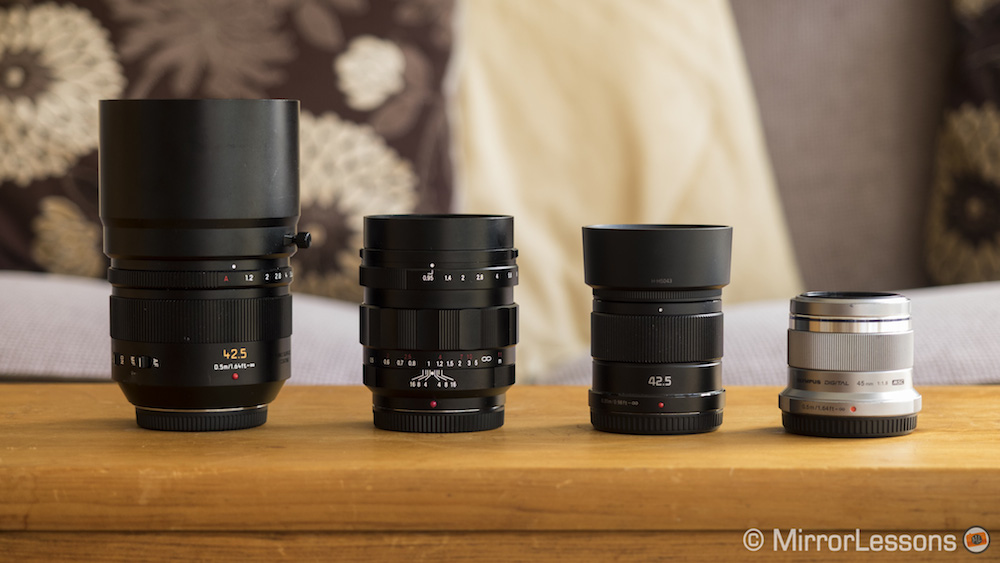
These four portraits lenses for Micro Four Thirds each have their own set of strengths and weaknesses as we’ve discovered throughout this comparison.
Beginners and those who do casual portrait photography needn’t look any further than either the M.Zuiko 45mm or the Lumix 42.5mm. Both perform admirably at their maximum respective apertures in terms of sharpness and out-of-focus rendering, and are so light and compact that there will always be space for them inside your camera bag, no matter how much gear you’ve packed. Although both are relatively inexpensive, you may be able to find the M.Zuiko for a more affordable price because it is the older lens. That said, it lacks optical stabilisation, so the Lumix lens could prove more useful on non-stabilised bodies.
Advanced amateurs and professionals in search of the ultimate sharpness will certainly be more tempted by the Nocticron 42.5mm. Not only is it as sharp as the Lumix 42.5mm at f/1.7 and the M.Zuiko 45mm at f/1.8 at its maximum aperture of f/1.2 (and sharper from f/2 onward), but you also get the benefit of that extra shallow depth of field. It comes with optical stabilisation and it performs well for video thanks to its AF/MF switch and smooth focus ring. Perhaps the only drawback is the size and weight: it is one of the largest and heaviest primes you can find for Micro Four Thirds barring the super telephoto options.
Finally, we have the fully manual Voigtlander 42.5mm, something of an “odd man out” compared to the three autofocus lenses mentioned above. It has a very fast aperture of 0.95, which is a boon for low-light work and achieving an extremely shallow depth of field, but isn’t anywhere near as sharp as the other options at a close distance. (The gap closes, however, at longer focus distances.) Despite this, we quite like the rendering at the fastest apertures due to its cinematic look, and the manual focus assists, such as the focus ring and the de-clicking aperture ring, are handy for video work. Like the Nocticron, it too is large and heavy.
So, to summarise:
Go for the Olympus M.Zuiko 45mm f/1.8 or Panasonic Lumix 42.5mm f/1.7 if:
- you want to spend as little as possible without compromising on optical quality
- you need something small and portable for everyday photography or travel
- you own a small Micro Four Thirds camera
- choose the Lumix if your camera doesn’t have in-body stabilisation
Go for the Panasonic Leica Nocticron 42.5mm f/1.2 if:
- you are a professional or advanced amateur who regularly shoots portraits
- you aren’t limited by a tight budget
- you own a larger Micro Four Thirds body with a good grip
Go for the Voigtlander Nokton 42.5mm f/0.95 if:
- you like the cinematic look afforded by its very fast aperture
- extreme sharpness isn’t your priority
- you do a lot of manual focus or video work
Check price of the M.Zuiko 45mm on
Amazon | Amazon UK | B&H Photo | eBay
Check price of the Lumix 42.5mm on
Amazon | Amazon UK | B&H Photo | eBay
Check price of the Nocticron 42.5mm on
Amazon | Amazon UK | B&H Photo | eBay
Check price of the Nokton 42.5mm on
Amazon | Amazon UK | B&H Photo | eBay
Second-hand Olympus lenses on
Second-hand Panasonic lenses on
You may also be interested in:
Additional images









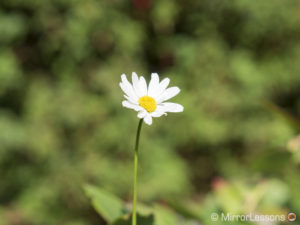
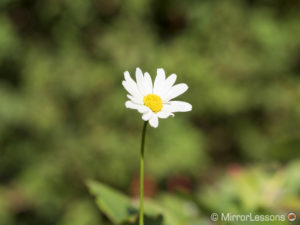
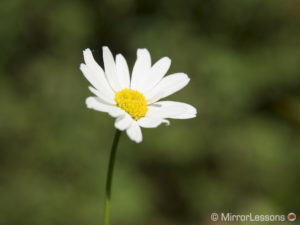
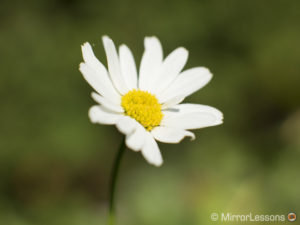
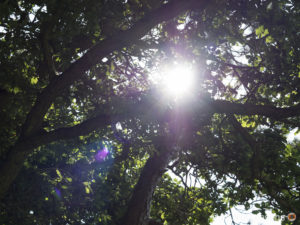
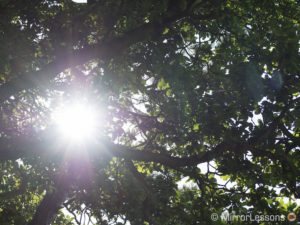
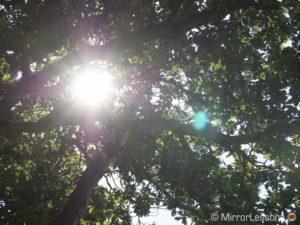
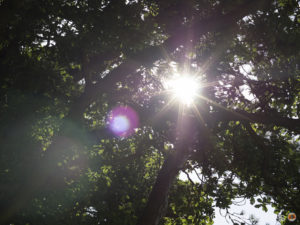


I do like the cinematic look the most but would still choose the nocticron over the voigtlander ,the other two are the real bargains of the m43 system ,I have a 50mm canon f1.4 with kipon ef to m43 adaptor but to be honest it does not perform as well as any of these lenses wide open.shame the mitakon could not be compared .
The Voigtlander was the first lens I bought for my E-M5 and I love it. It is a ‘unique’ lens for extremely shallow DoF when shooting flowers. As shown in the article, it beats the others in terms of minimum focusing distance, and that’s the reason I bought it. Every now and then you can only get a nice image of a plant if you can blur the background completely, and the Voigtlander is much better at this than a macro at f/2.8. You can also get a ‘glow’ (spherical aberration?) around flowers in extreme close-ups at f/0.95, which can either create a really nice dreamy look, or in some cases be disturbing. Although not as sharp as the others, the Voigtlander is nevertheless very sharp at smaller apertures. Manual focusing works best if you first focus at f/0.95 and then select the desired aperture. (Use A mode both with and without flash.)
Great article, thank you very much for that comparison. Very useful.
nice review. thx.
You’re welcome 🙂